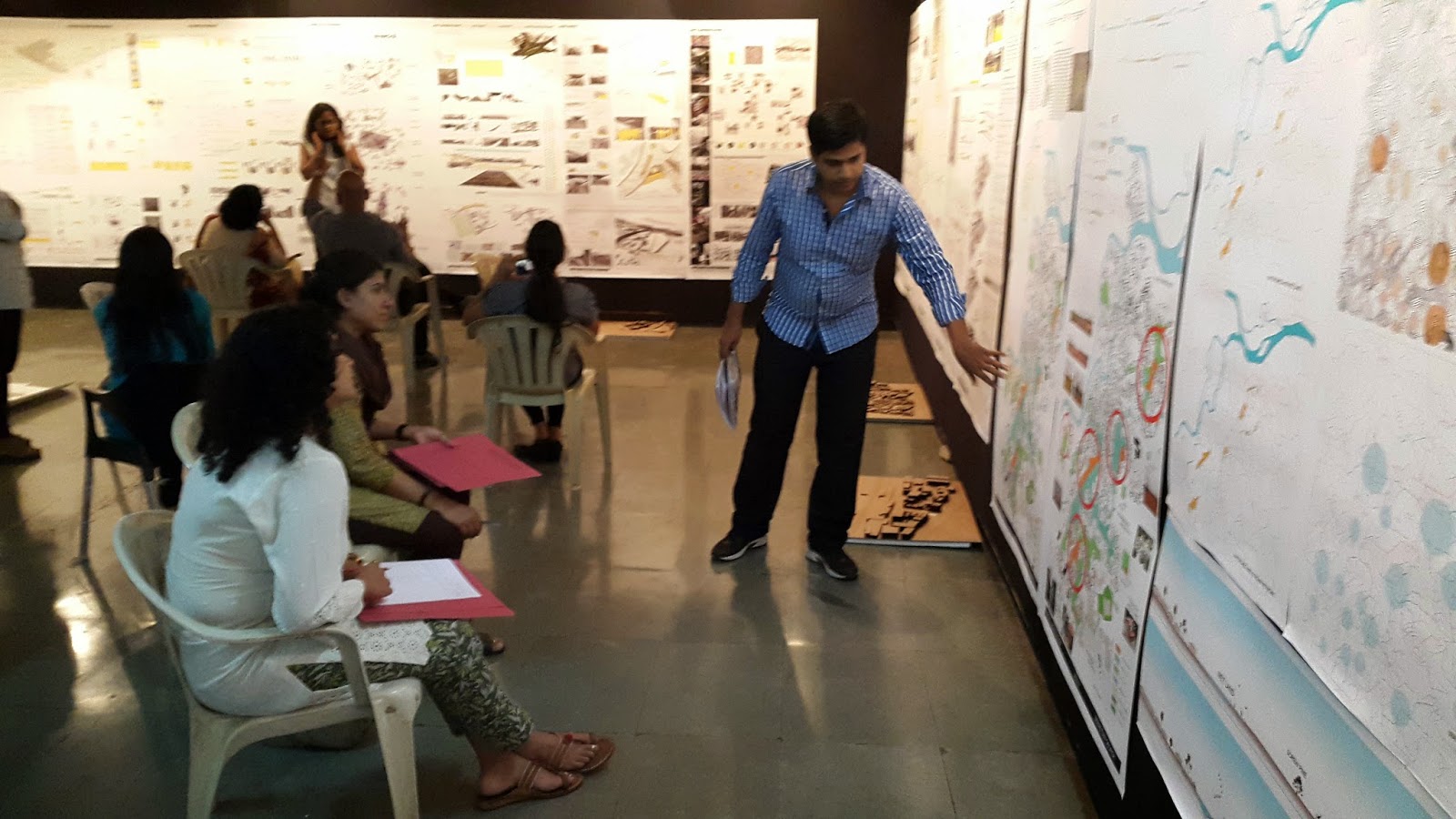READING
“ARCHITECTURE AND UTOPIA”
MANFREDO
TAFURI
VIII: Preface
The relationship between the historical avant-garde movements and the
metropolis, the relationships between intellectual work and capitalist
development, research on sociology and planning practices, on social-democrat administration of the city , on architecture
of America cities and on building cycle, have been the object of collaborative
program to have arrived at any firm and dogmatic conclusions.
IX: Preface
What is of interest here is the precise identification of those tasks
which capitalist development has taken away for architecture.
To the deceptive attempts to give architecture an ideological dress
X: Preface
Instrument of knowledge might be immediately useful to the political
struggle.
2: Reason’s Adventure
The bourgeois intellectual’s obligation to exist can be seen in the
imperativeness his functions assumes as a social mission.
10: Reason’s Adventure
Not having at its disposal a mature substratum of production techniques
adequate to the new conditions of bourgeois ideology and economic liberalism,
architecture was obliged to restrict its self –criticism to two areas of
ANTI-EUROPEAN SIGNIFICANCE & FORMAL ROLE
41: Form as Regressive Utopia
City as an autonomous field of architectural intervention.
Enlightenment architecture from the very beginning postulated one of
the concepts fundamental to the development of contemporary art: the
disarticulation of form and the anti-organic quality of structure. Nor is it
without significance that the institutions of these new formal qualities was
from the first related to the problem of city, which was about to become the
institutional locus of modern bourgeois society.
The solicitations of theorists for a revision of formal principles did
not however, lead to areal revolution of the meaning but, rather, to an acute
crisis of value.
158: Architecture and its Double: Semiology and Formalism.
The attempt to revitalize architecture by means of an exploration of
its internal structures comes about just at the moment when avant-garde studies
in the linguistic field are abandoning “ambiguous” communications and taking
their place in the heart of the productive universe through the creation of
artificial programming of languages.
Architectural self-criticism does not go to the root of the matter and
has need to hide behind new ideological schemes borrowed from the semiological
approach.
An architecture that has accepted the reduction of its own elements to
pure signs, and the construction of its own structure as an ensemble of
tautological relationships that refer to themselves in a maximum of “negative
entropy”
182: Problems in the Form of a Conclusion
Reflection on architecture, inasmuch as it is a criticism of the
concrete “realized” ideology of architecture itself, cannot but go beyond this
and arrive at a specifically political dimensions.
abstract from book" Architecture and Utopia", Manfredo Tafuri































